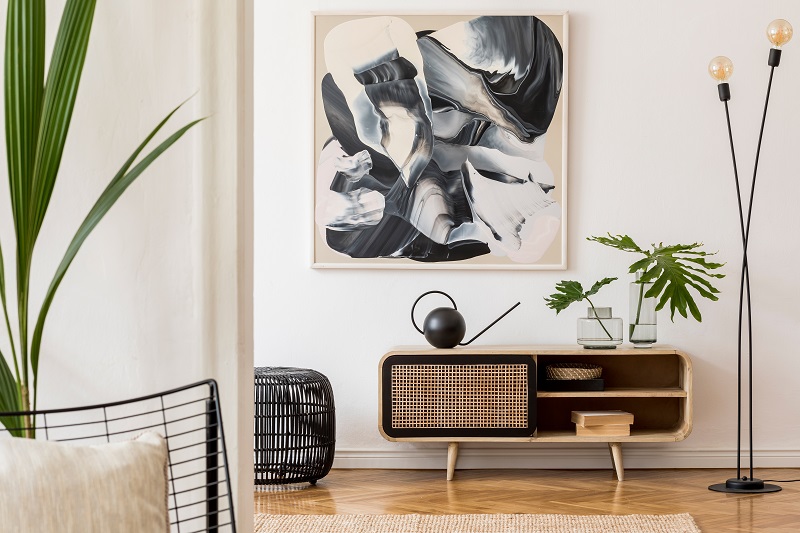Designing Around Statement Art: Crafting Photographic Masterpieces
In the world of professional photography, capturing stunning images is just the starting point. The next vital step involves presenting these works in a way that enhances their beauty. This is the essence of designing around statement art. For photographers, integrating their masterpieces into a space can dramatically amplify the effect of their work.
Statement art acts as the centerpiece of any room, drawing attention and stirring emotions. When a photographer's work takes center stage, it becomes essential to ensure that the surrounding environment complements and elevates the artwork. The harmony between the piece and its backdrop can transform a mere photograph into a compelling narrative.

The Impact of Statement Art
Statement art isn't solely about size; while larger pieces often catch the eye, it's about their ability to provoke feelings, inspire thoughts, and forge a connection with the viewer. For photographers, this translates to choosing images that resonate deeply and arranging them to allow their stories to unfold.
Consider incorporating large wall decor to make a striking impact. A single, oversized photograph can command attention, creating a dramatic focal point that captivates onlookers. When designing around such pieces, its crucial that the supporting elements in the room complement rather than compete with the art.
Selecting the Perfect Backdrop
The backdrop against which a photograph is displayed is critical to its presentation. Neutral tones usually work best, allowing the colors and intricacies of the photograph to shine. Yet, for photographs boasting vibrant hues, a contrasting wall color can augment their visual appeal.
Additionally, consider the wall's texture. Smooth surfaces offer a clean, contemporary feel, while textured walls can introduce depth and intrigue. Professional photographers might experiment with various materialslike wood, metal, or fabricto craft a distinctive exhibition that aligns with their artistic vision.
Illumination: Showcasing the Art
Lighting often takes a backseat in the conversation about art display, yet it plays a pivotal role. Proper lighting can metamorphose a photograph from lackluster to dynamic. Photographers should explore both natural and artificial lighting options to showcase their work in the best possible manner.
Those looking at large wall decor ideas can utilize track lighting or picture lights to spotlight specific sections of the artwork. These lighting solutions can be adjusted to highlight the most significant details of the photograph, revealing aspects that may otherwise go unnoticed.

Creating a Harmonious Space
When designing around statement art, it's vital to curate a cohesive space where every element contributes to the overall aesthetic. This involves thoughtful consideration of furniture, accessories, and other dcor elements in the room. The goal is to forge a harmonious environment where the photograph is the focal point.
For photographers, this collaboration may involve working with interior designers to choose furniture that echoes the themes or colors present in the artwork. It's about building an environment where every detail feels deliberate and every piece has its rightful place.
FAQs
1. How can photographers make their artwork the focal point of a room?
Photographers can achieve this by selecting a prominent placement, utilizing appropriate lighting, and ensuring the surrounding dcor enhances, rather than overshadows, the artwork.
2. What are some lighting strategies for showcasing photographs?
Use directional lighting such as track lights or picture lights to draw attention to the artwork. Pay attention to both the intensity and color temperature of the lights to bring out the photograph's finer details.
3. How should you choose a backdrop for displaying photographs?
Pick a backdrop that complements the photograph's hues. While neutral walls often work well, bold contrasting colors can elevate vibrant images. Texture can also add an intriguing layer.
By thoughtfully designing around statement art, photographers can ensure their work is not only seen but truly felt. It's about narrating a story that resonates, crafting an experience that lingers with viewers long after they've departed. For further ideas on incorporating statement art into your space, take a look at this gallery wall inspiration.

